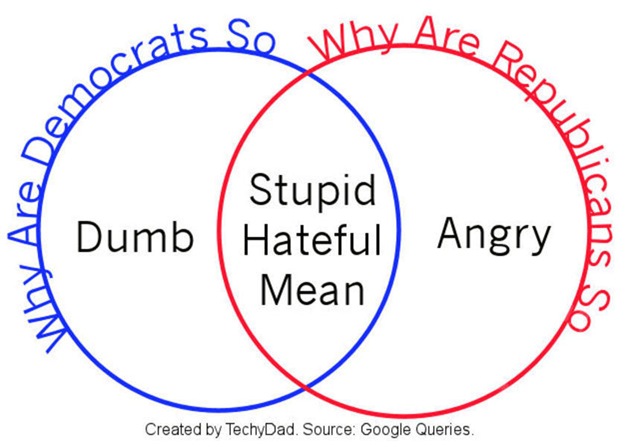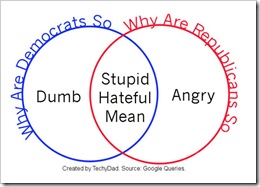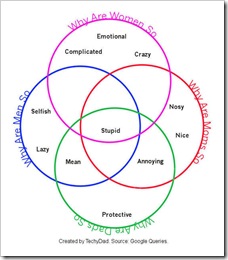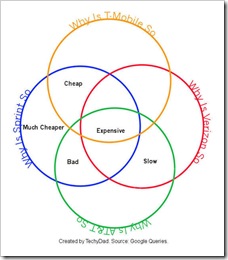By now, everyone knows about the eBook on Amazon that caused an uproar. (Don’t worry, that link only goes to a TechCrunch story about the book.) I’m not going to refer to it by name, mainly because I don’t want those words linking up to my site in Google. (I like getting readers on my site, but not readers looking for *that stuff.*)
When people have told Amazon to yank the book, they initially responded with the following statement:
Amazon believes it is censorship not to sell certain books simply because we or others believe their message is objectionable. Amazon does not support or promote hatred or criminal acts, however, we do support the right of every individual to make their own purchasing decisions.
Since then, they have removed the book. However, some questions seem to linger. Some comments I’ve seen have referred to this as a First Amendment issue. Others described Amazon taking the book down (or people advocating the book’s removal) as censorship. Still more are questioning how a book like this can get on Amazon in the first place.
Let’s start with the First Amendment issue. Does Amazon’s yanking of the book constitute a violation of the author’s First Amendment rights? Let’s look at the text of the First Amendment:
Congress shall make no law respecting an establishment of religion, or prohibiting the free exercise thereof; or abridging the freedom of speech, or of the press; or the right of the people peaceably to assemble, and to petition the Government for a redress of grievances.
Obviously, the relevant section here is “abridging the freedom of speech.” At first, it might seem that Amazon might be violating the author’s First Amendment rights, but there’s a catch. The beginning of the text says “Congress shall make no law….” The First Amendment is a restriction on Congress and, as court decisions and later Amendments have established, other branches of government.
Last time I checked, Amazon isn’t part of the US government. Thus, they aren’t bound by the First Amendment. If you walk into a local supermarket and begin shouting about how much you hate their store, you’re sure to be shown the exit. This is protected speech, but the store is private property and they are under no obligation to allow you to remain there. Similarly, Amazon can let people self-publish eBooks on their website, but if they find something objectionable, they are well within their rights to remove it.
When you get right down to it, you’re playing in Amazon’s yard and you have to follow their rules. This is a good thing. If Amazon was forced to uphold First Amendment rights, would it stop there? Would other companies be forced to do the same? Would bloggers be required to keep comments visible and not delete ones they find objectionable?
So the First Amendment doesn’t apply here, but what about censorship? Surely, taking the book down would be censorship, right? Not exactly. Let’s look at the definition of censorship:
Censorship is suppression of speech or other communication which may be considered objectionable, harmful, sensitive, or inconvenient to the general body of people as determined by a government, media outlet, or other controlling body.
Amazon clearly isn’t a governmental entity. Media outlet more generally refers to news organizations (e.g. CNN) and, while Amazon is a very large online shop, they definitely don’t control all online sources. When you get right down to it, they are just a company that sells stuff and that means they get to decide what they will be selling.
Going back to the local supermarket example, local supermarkets often carry free newspapers or flyers for customers to take. However, just because they carry these, doesn’t mean they are obligated to carry any and all that are given to them to pass out. They can object based on a variety of reasons and the author is free to go to try another store.
Stores can also decide which products to carry based on guiding principals. A Christian book store might refuse to carry Harry Potter books because they think it promotes witchcraft and an organics market might not carry chicken from a non-free-range poultry farm. Neither of these are instances of censorship. You might disagree with the reason for the store not carrying the item, but it isn’t a case of censorship. Now, if the Christian book store got a politician to enact a state-wide ban on all sales of Harry Potter books, *then* you would have a case of censorship!
There’s another thing to consider here. The topic that the book in question discusses is illegal. Now, if it was an explanation as to why the author thought this should be legalized I would have gritted my teeth and begrudgingly admitted that the book, while disgusting, was legal. Instead, this book appeared to have been a “how to” guide. A lesson in how to do this thing and get away with it. Amazon is well within their rights to keep this book out of their library just like they might keep “How To Kill A Random Person And Cover It Up” out.
So what about the final question: How could Amazon let a book like this get on their site to begin with? Amazon set up their system to allow people to publish their own eBooks. Amazon doesn’t screen these for content before posting them for the same reason YouTube doesn’t pre-screen all of the videos its users post. There simply isn’t enough time. Even if they were to open an entire department, they would need to work constantly to read through each and every book to determine whether it should be allowed. Remember, not every title would be so obvious. Some books with “obviously bad” titles might actually wind up being innocuous (though, perhaps, poorly named). The undertaking would be tremendous.
Of course, when Amazon was alerted to this book’s existence, they shouldn’t have released a “we don’t censor” statement and then pulled the book to no additional statement later on. Instead, they should have released a statement that they were examining the situation (to help cool everyone down for a bit) and then quickly examined the situation. Then, after determining that the book was objectionable and possibly illegal, they should have removed it with another statement referring to their policy on such matters.
If anything, I think the main source of frustration was with Amazon’s lack of a response. In an era when “that’s odd” can inflate into nationwide cries of “boycott!” within an hour, taking a day to act and not releasing a detailed statement on the matter is a very bad PR move. Other companies should look to Amazon and figure out how they would have acted, had they been in Amazon’s shoes. Getting policies in place before an incident occurs can help to calm people down and turn them back into customers instead of a screaming mob.





